Wounds are a natural part of everyone's life; they can occur due to accidental scrapes, surgical incisions or chronic conditions. However, sometimes, the healing path may be tortuous and slow for some individuals. Many scientists and enthusiasts have spent time and money to find an effective way to speed up this process, and among the experiments conducted, the approach using red light therapy has emerged, gaining more and more trust from doctors and patients. This therapy has proven its effectiveness not only in shortening healing time but also as a solution for those suffering from serious conditions or those who have undergone surgery.
The Science Behind Wound Healing
Understanding how the body heals wounds on its own helps to take care of minor inconveniences and allows patients to better appreciate the impact of red light therapy. Wound healing is a complex process that goes through multiple steps: hemostasis, inflammation, proliferation, and remodeling. Each step plays a unique and crucial role in healing skin cuts, preventing future lacerations and minimizing the risk of infection. Some people experience shorter healing times than others, but why? The main factors that affect timing are poor circulation, health problems, or infection. These conditions cause complications that could slow or even stop this process, leaving individuals with open wounds and increased risk of infection. For many patients, wounds can become chronic, bringing sufferers stress, pain, and constant discomfort. Fortunately, red light therapy addresses just that.
What is Red Light Therapy?
Red Light Therapy, also known as Photobiomodulation, is a non-invasive treatment utilizing certain wavelengths of red light, which pass through the skin and have various health and aesthetic benefits. Unlike traditional pharmaceutical treatments, this innovative therapy works directly at the root of the problem. It stimulates cellular activity, improves circulation, and helps the body heal naturally. This approach focuses its benefits in the mitochondria, the part of the cell that is responsible for the production of energy in the body, the same energy that is used to overcome common diseases and problems. If you haven't already done so, we encourage you to read our blogs “How Does Red Light Therapy Work?” and “6 Mistakes Not to Make When You Are Doing Red Light Therapy”.

How Red Light Therapy Speeds Up Healing
Red light therapy accelerates wound healing through several mechanisms:
- Boosting Cellular Repair: One of the most remarkable effects of red light therapy is its ability to enhance cellular repair. The therapy stimulates fibroblasts, the cells responsible for collagen production. Collagen is crucial for wound healing, providing the necessary scaffolding for new tissue formation. By increasing collagen production, red light therapy helps rebuild the skin's structure, closing wounds more quickly and effectively.
- Reducing Inflammation: Inflammation is a natural response to injury, but excessive inflammation can slow down the healing process and increase pain. Red light therapy helps to modulate the inflammatory response, reducing swelling and discomfort. This not only speeds up healing but also improves the overall quality of the healing process, leading to less scarring and better tissue regeneration.
- Improving Circulation: Good blood flow is vital for delivering oxygen and nutrients to injured tissues. Red light therapy promotes vasodilation, which increases blood flow to the treated area. Enhanced circulation ensures that the healing tissues receive the necessary nutrients and oxygen, accelerating recovery and improving the wound's appearance.
Evidence Supporting Red Light Therapy
I know, this therapy might sound too good to be true, but it is supported by numerous studies due to the recent surge of interest in its potential benefits. Numerous clinical studies have demonstrated its ability to reduce healing time and improve the quality of wound closure. For example, a study published in the Journal of Photomedicine and Laser Surgery showed that patients treated with red light therapy had significantly faster wound healing than those who received no treatment. In addition, other evidence that consistently highlights the positive results of this approach is the testimonials of those who have purchased and consistently tested devices designed for home care. Most patients (about 85 percent) reported benefiting from both faster healing, but also less pain and improved mobility during the healing process.

Using Red Light Therapy for Wounds
Right now, red light therapy is available to everyone through various devices that can range from large professional machines to portable devices developed for home use. To use red light therapy and maximize its effectiveness, it is essential to follow certain guidelines:
- Consistency is Key: Regular treatments are necessary for optimal results. Daily or several times weekly sessions are recommended, depending on the severity of the wound.
- Proper Distance and Duration: The device should be positioned at the recommended distance from the skin, usually a few inches, and sessions typically last between 10 to 20 minutes.
- Safety First: While red light therapy is generally safe, it is crucial to avoid overexposure. Following the manufacturer’s instructions and consulting with a healthcare provider can help ensure safe and effective use.
Benefits Beyond Wound Healing
In addition to improving and speeding recovery from accidental cuts, this therapy offers other benefits that should not be underestimated. While caring for your wounds, you will experience pain-relieving benefits, achieve improvement in muscle soreness, and at the same time make your skin smoother due to increased collagen production. Its medical properties also make it a popular choice for those suffering from chronic arthritis and joint pain. Improving the cellular function of one's body has countless positive effects that can greatly change the quality of life of patients, its versatility allows anyone to experience the benefits, and technological advancement makes it easier to integrate this approach into anyone's daily life.
Conclusion
Red light therapy represents a successful approach to wound healing, offering a non-invasive, effective, and scientifically supported option for speeding up recovery. By boosting cellular repair, reducing inflammation, and improving circulation, this therapy provides a comprehensive solution for wound care. As research continues to reveal its full potential, red light therapy is poised to become a staple in both medical and at-home wound care. If you or a loved one is struggling with slow-healing wounds, red light therapy may be the key to a quicker, more comfortable recovery. It’s advisable to consult with a healthcare professional before beginning any new treatment regimen to ensure it is appropriate for your specific needs. For those considering trying red light therapy at home, the NoMorePain 2.0 device offers a risk-free way to experience all these benefits, thanks to NoMore's generous return policies. The promise of red light therapy is clear: faster healing, less pain, and a brighter future for those in need of effective wound care solutions.


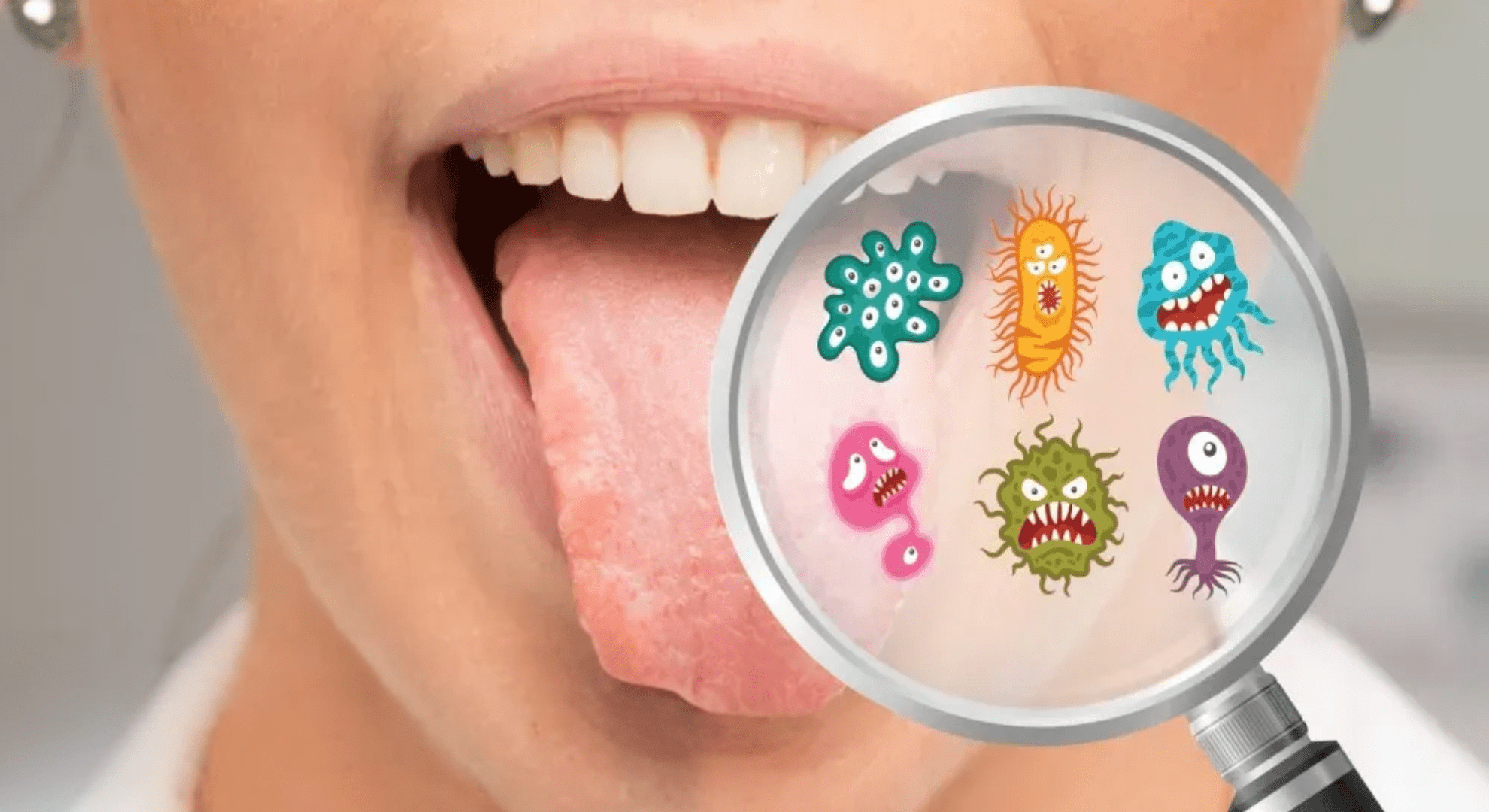
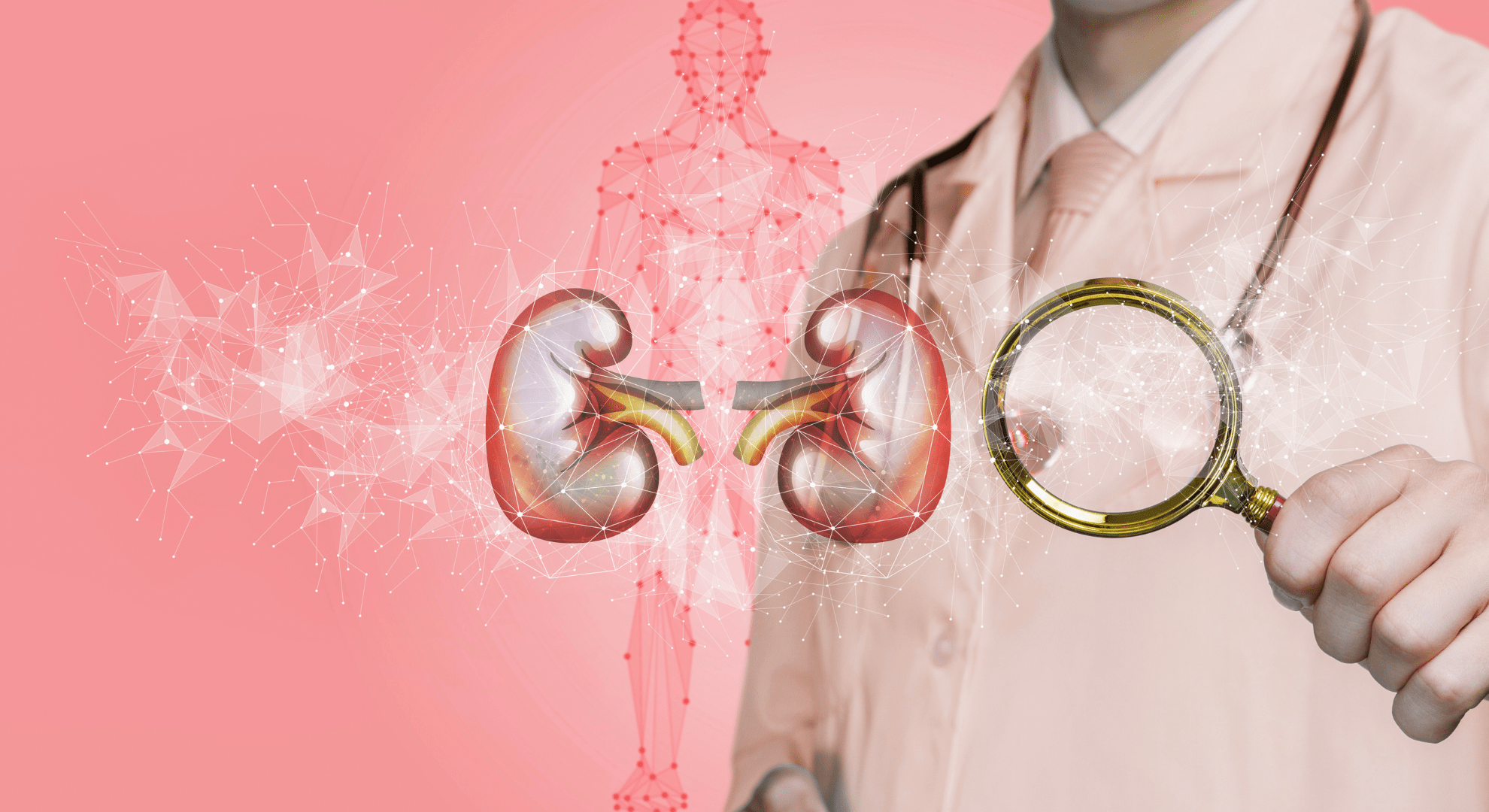
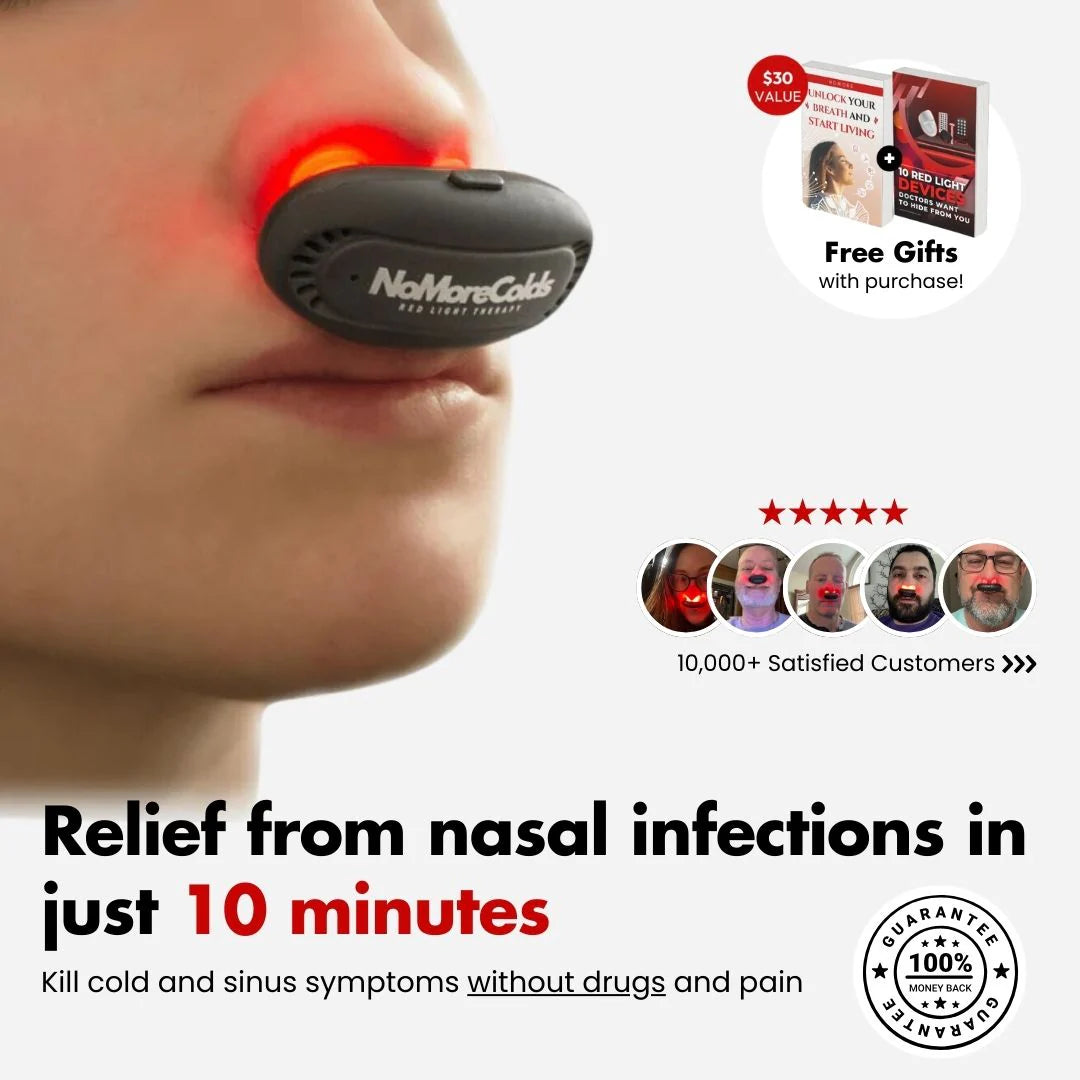
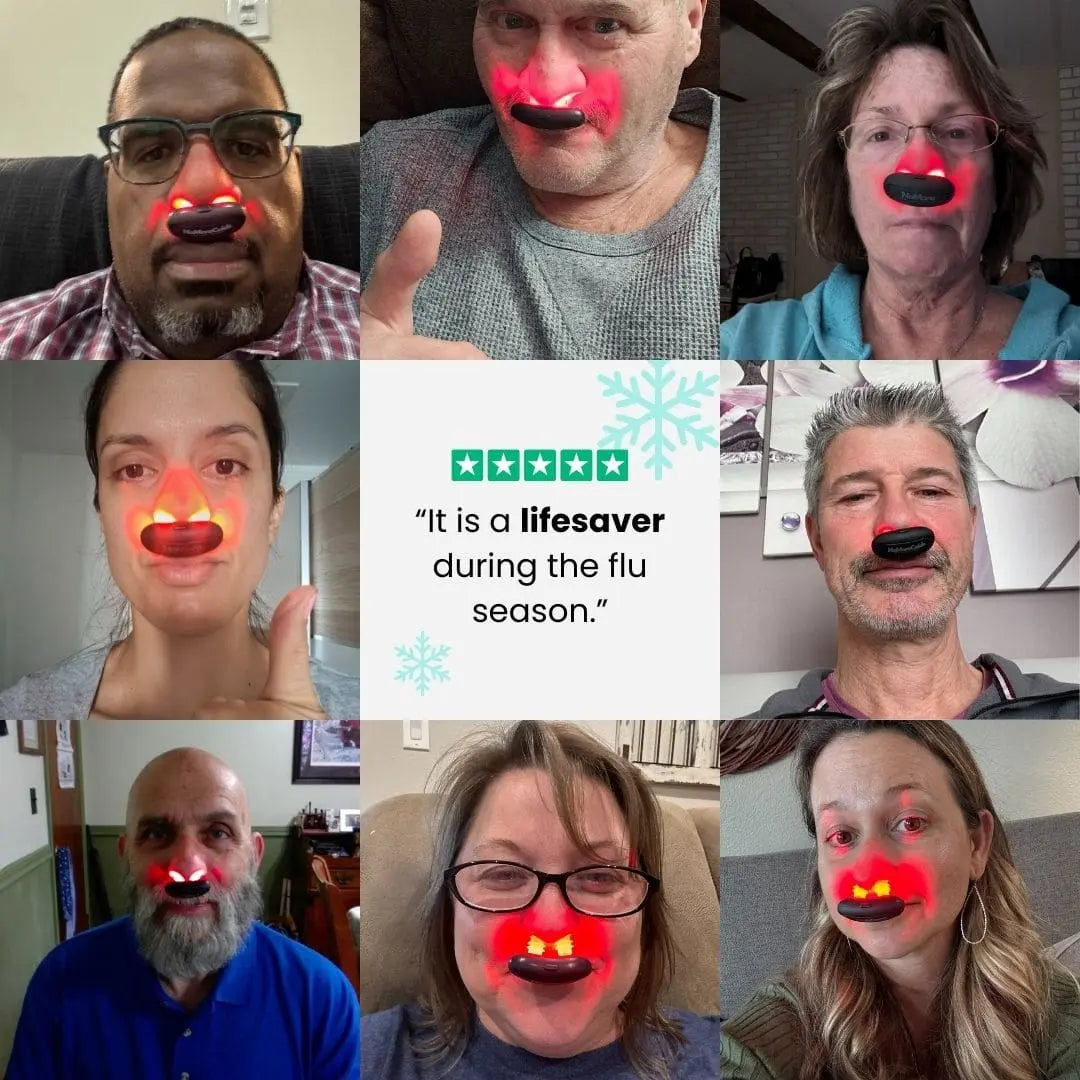
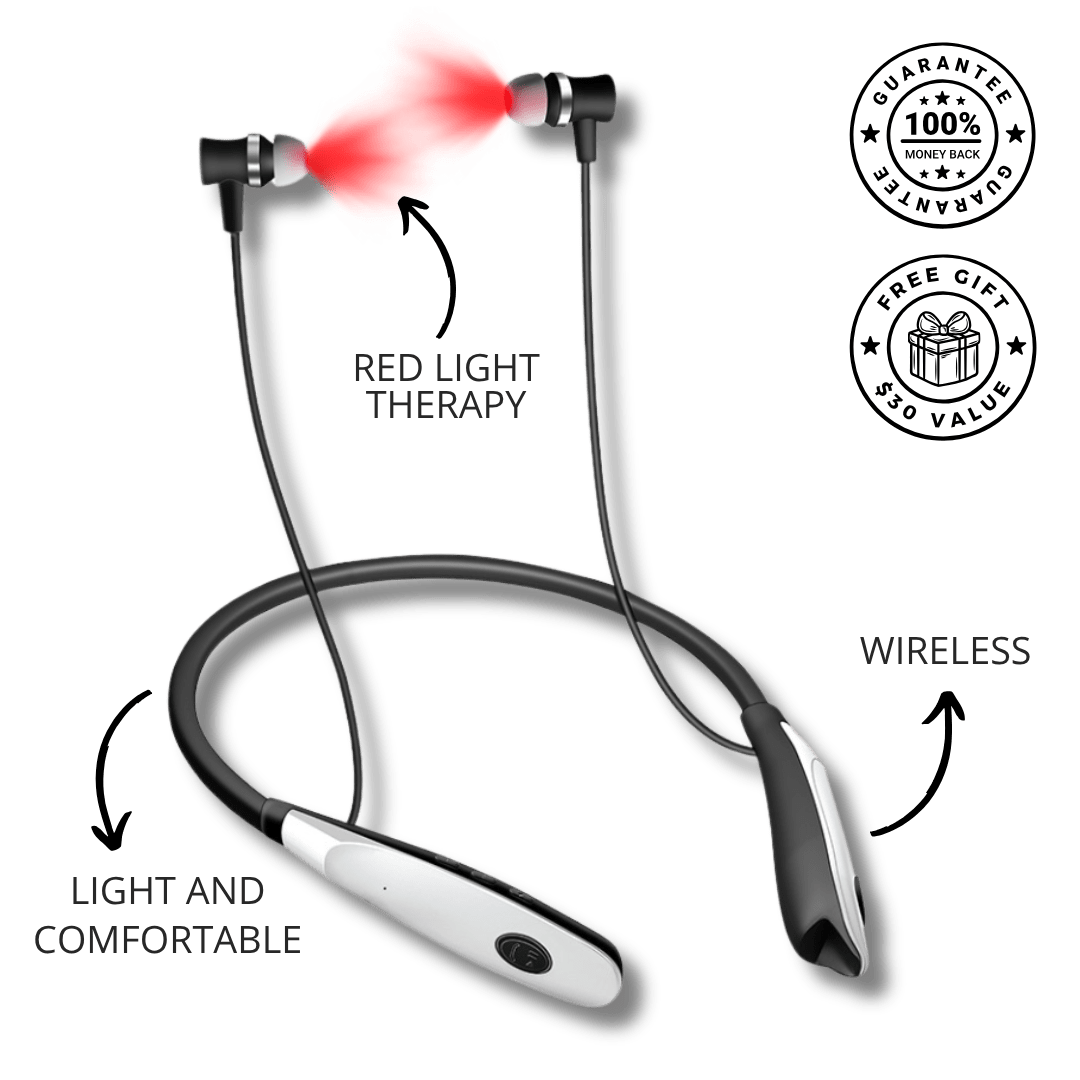
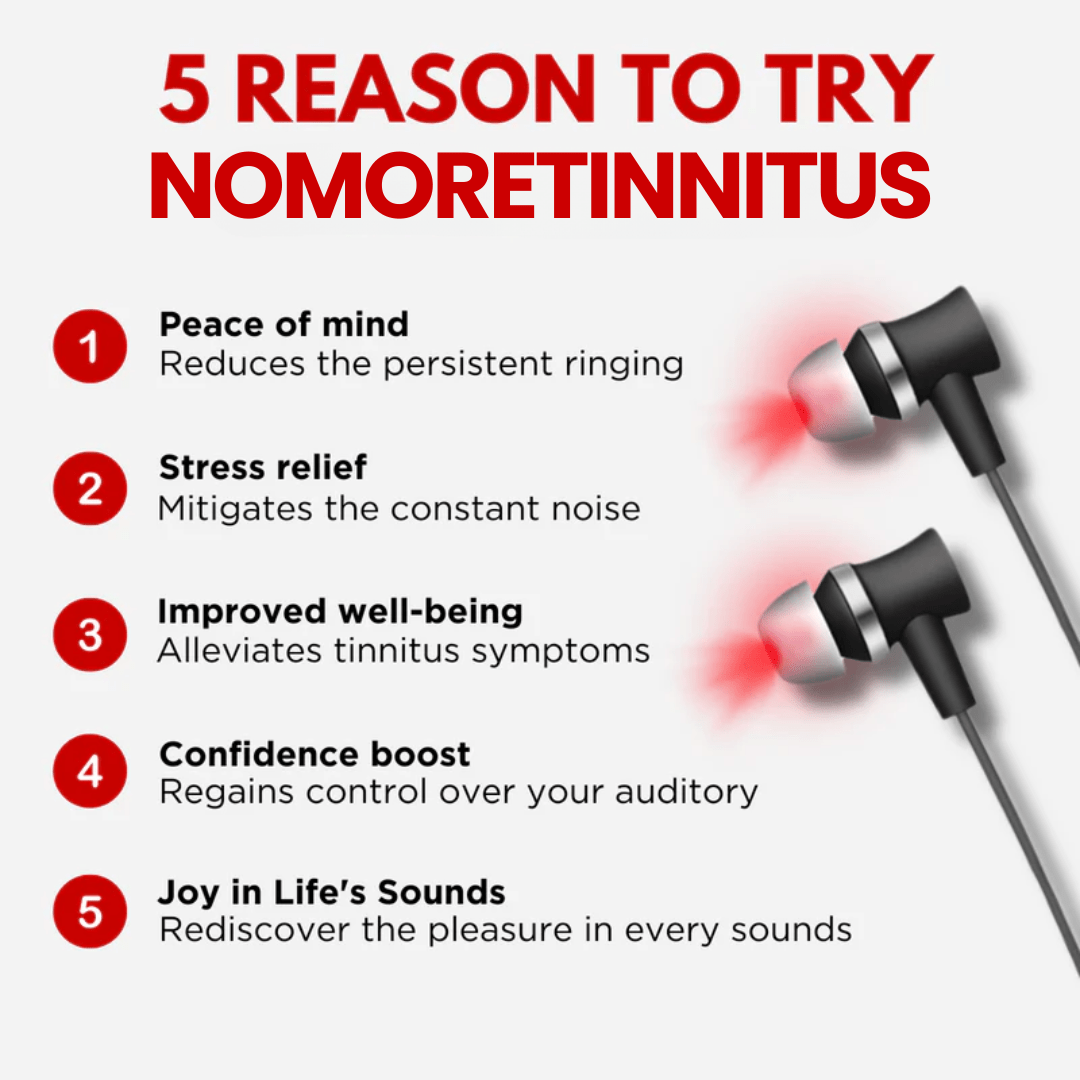
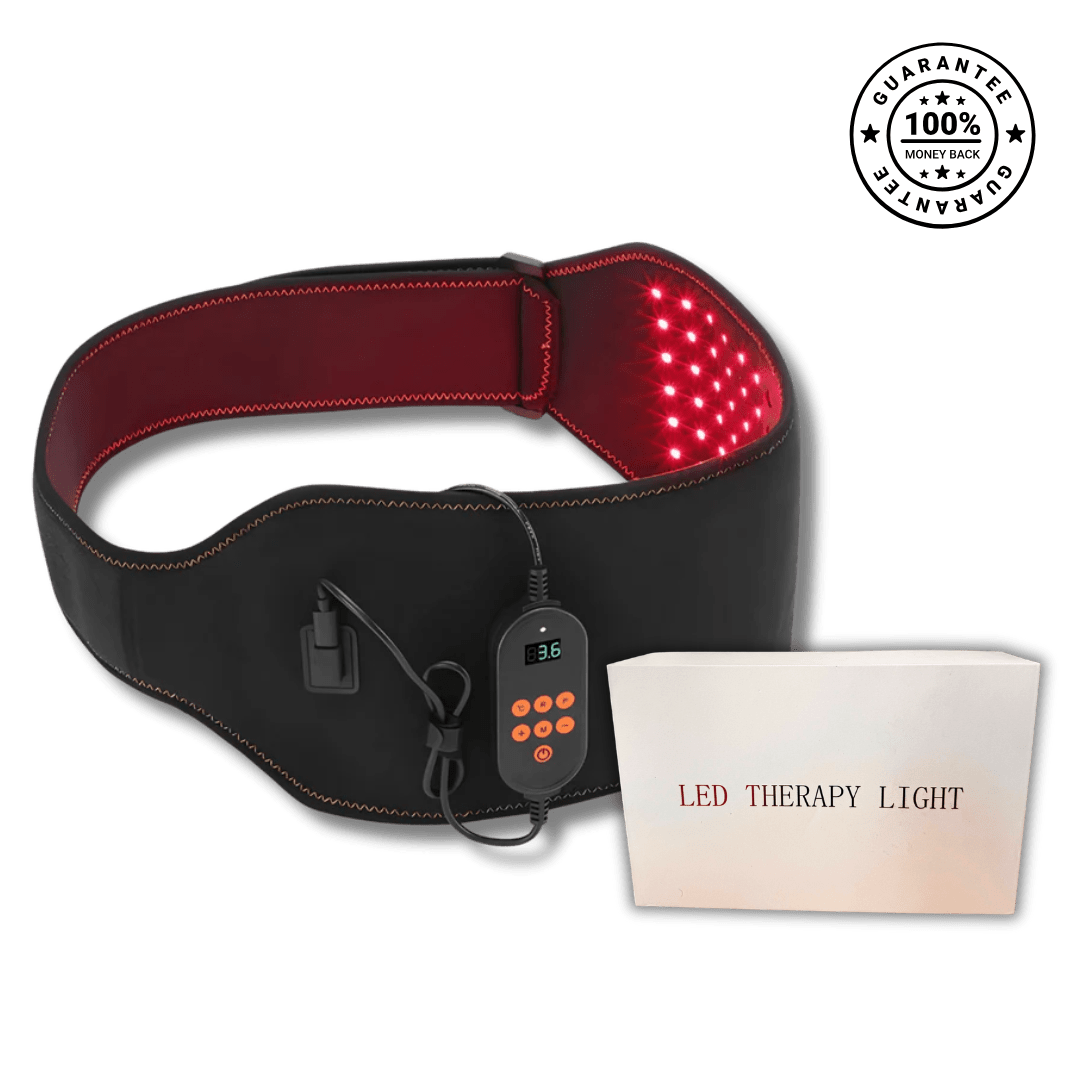
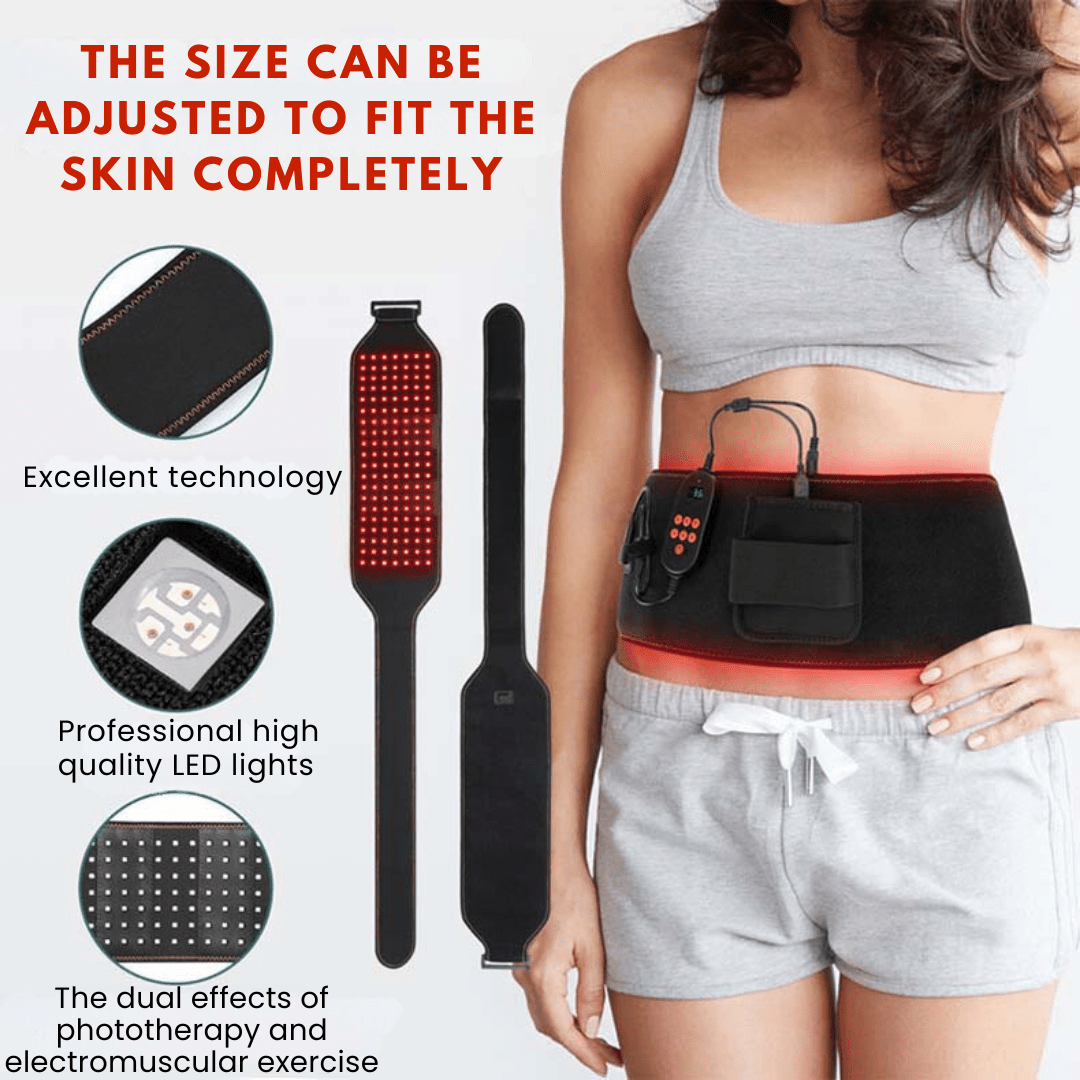


Leave a comment
All comments are moderated before being published.
This site is protected by hCaptcha and the hCaptcha Privacy Policy and Terms of Service apply.